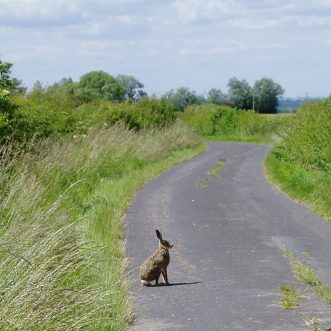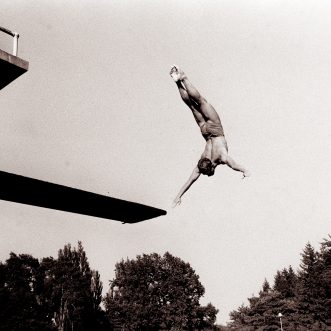May 16, 2019
I thought, as the Head of Research completed his 20 minute rant on why he hated the IT department; how he thought we were all a waste of space and how he would only use us because he had no choice.
It was my second day in my new job, as part of the IT team supporting the Research Division. I’d already had to find my desk from the gloomy basement of a building half a mile away, then bring it back to the portakabin we called an office.
And now this – our customers hated us!
But in the next breath the Head of Research taught me one of the most valuable lessons of my working life. He gave us an overview of the process by which his team worked to discover a new drug.
My Head of Research was very public in his rant, but thankfully he was equally public in setting context.
“If that’s what you’re trying to do”, I thought, “I can see where I can help.”
A more common reaction by a business leader to her team’s inability to do things ‘the way she wants’ is to micro-manage them, imposing an ever more detailed level of instruction that is expensive to implement and leaves them feeling squashed, hampered and resentful, and herself no more satisfied than before.
The answer isn’t more detail, its context.
Most people in a job know how to do that job well. What they lack is the context in which they are doing it – where a particular day-to-day activity fits into the process of delivering a promise to a customer. In other words, why they are doing it, why they are doing it then and how that fits with what the rest of the team are doing.
Given the context, and responsibility for their part in delivering it, people will go further than delivery, they’ll find ways to improve things that you would never have thought of.
Of course, human beings can’t operate without context, so left without one, they’ll create their own.
An earlier version of this post was originally published on LinkedIn.









